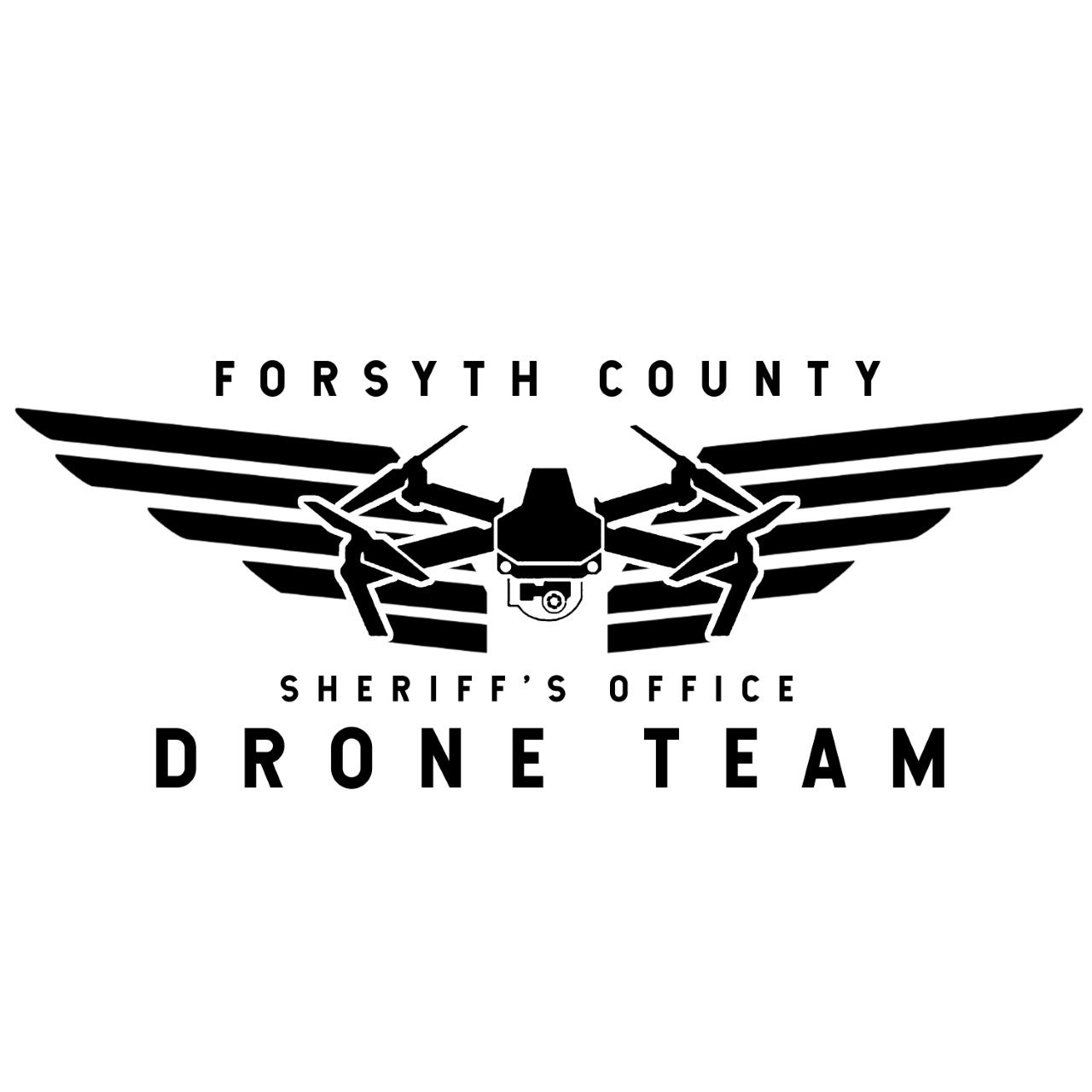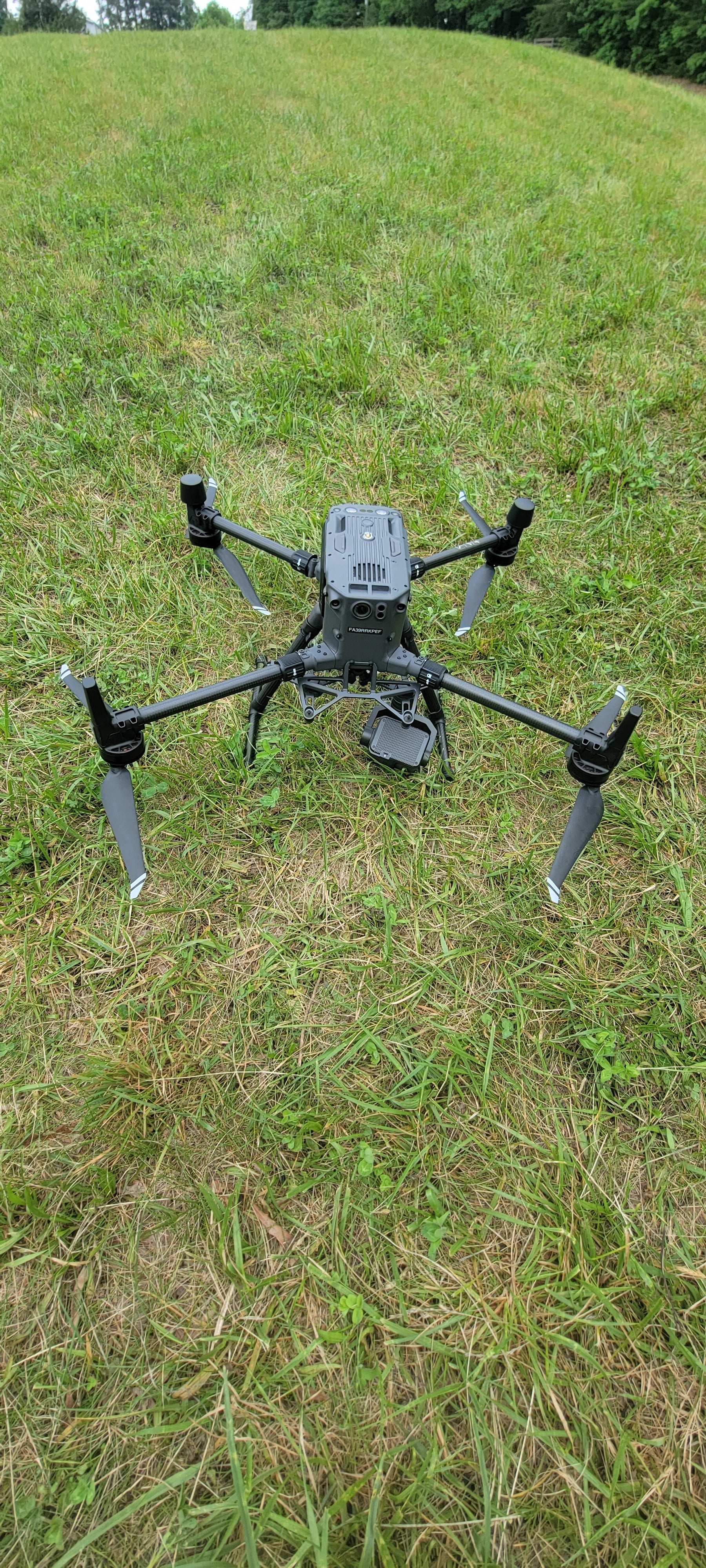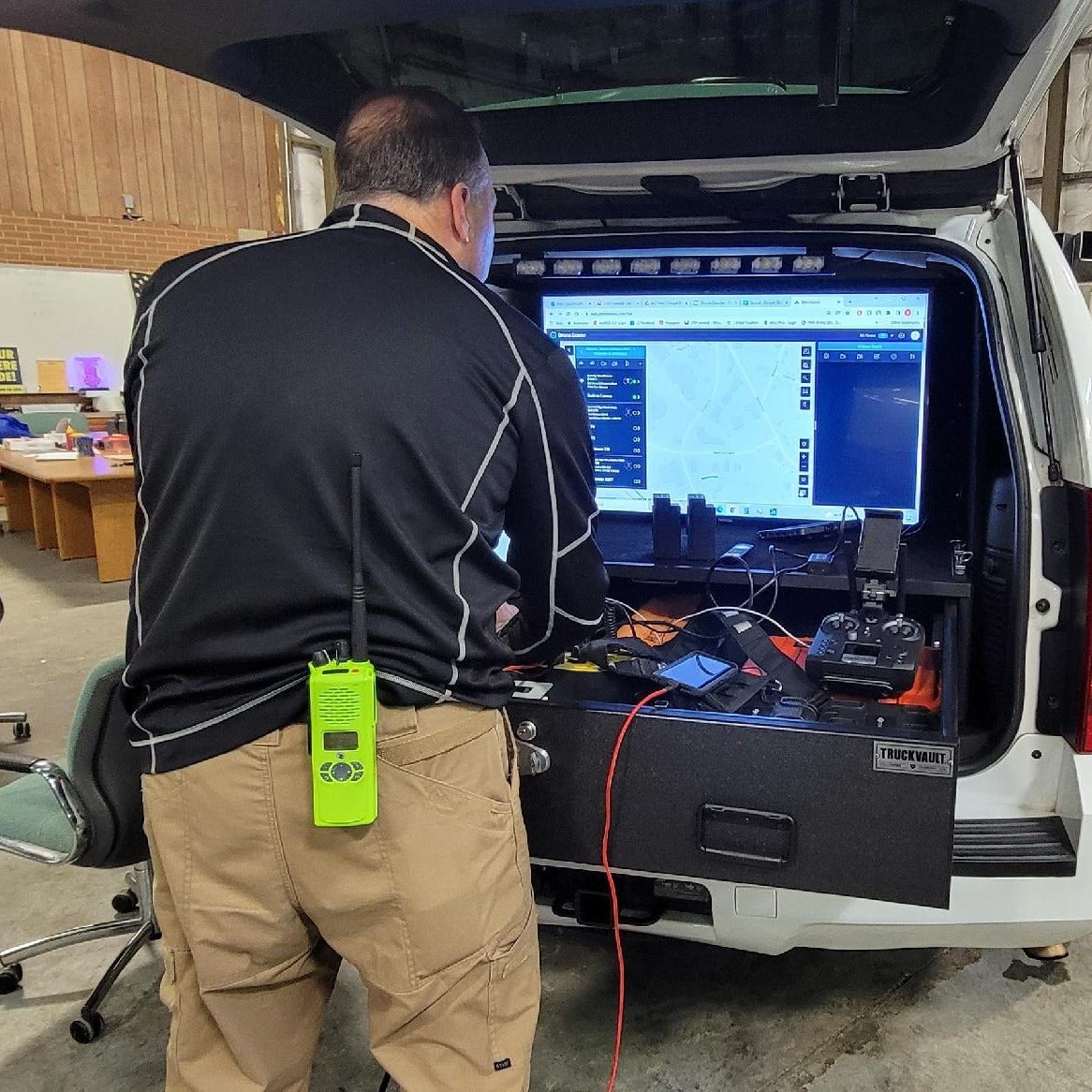Drones as first responders: Clemmons selected by Forsyth County Sheriff’s Office for high-tech pilot program
Published 12:10 am Thursday, June 16, 2022
|
Getting your Trinity Audio player ready...
|
By Jim Buice
For the Clemmons Courier
Drones as first responders … and in Clemmons?
Really?
Hey, it could happen as the town has been targeted by Forsyth County as the first choice for a Drone as First Responder Program.
Mayor Pro Tem Michelle Barson was invited to be a part of a recent meeting including Forsyth County Sheriff Bobby Kimbrough, Brian Mullins, the county sheriff’s office drone team leader, and Basil Yap of AeroX, to gauge the interest of Clemmons in being part of this pilot program.
“We could be the safest city in North Carolina,” said Barson, who brought along council member Mike Combest to provide a second set of eyes and ears. “This will make us the most high-tech in police abilities and have the fastest response times in the state. How cool.
“Right now, they have sent out a ton of information. They’re not asking for money. The next step is they need our buy in.”
And that’s what happened in the May 23 Village Council meeting as council member Bradley Taylor ultimately made the motion, after a discussion, “to show Clemmons has buy in and would like to move forward with the exploration of the Clemmons drone as a first responder program with the Forsyth County Sheriff’s Office.” It was met with unanimous approval.
That was followed by directing Village Manager Mike Gunnell to connect with the sheriff regarding this program to begin work on the finer details.
Barson said that AeroX, a third-party company that builds and sells drones, received a $5 million grant from the state to increase safety through the use of drones.
She shared her notes taken with the sheriff and others from the earlier meeting regarding information on drones, including response to life-threatening calls and the first responder arriving in less than a minute, and hovering and recording where the responding officer has information upon arrival.
Barson added that drones would be deployed based on calls (not surveillance) with all of them catalogued and tracked for transparency of use while providing real-time information while avoiding confrontations.
“The point of this is why Clemmons is a good fit for this program,” Barson said. “We actually have a fairly high call volume in a concentrated area. Drones go three miles in distance, and we are 12 square miles total.”
Kimbrough said that this made the village a logical partner.
“As we begin implementing and utilizing new technology, I couldn’t think of a better starting place than Clemmons,” he said. “It’s a big enough area to have significant call volume but at the same time a manageable area for the new technology to be effective — logistics we had to consider while undertaking this new endeavor.”
Barson said that after getting council approval to proceed, the sheriff’s office “can put together a real plan for how this will work in Clemmons and then put all the pieces together. They need to know if we are willing to accept a drone as part of our police repertoire and following that next step would be for their staff to research a location that would be best, and they might come to us and ask for help in talking to that likely business owner. Conversations would most likely happen with the county from the sheriff, so he will be speaking with county commissioners later in the year and would be presenting the full plan there.”
Projected costs, according to Barson, are around $60,000 for two drones (one as a backup) and $10,000 for drone infrastructure (landing base and setup for a person) with the hope that some funding would be available at the county level.
Combest said that there are state grant dollars available for innovative traffic solutions and the area that is most likely to experience crime also has the biggest traffic issues. The Metropolitan Planning Organization also has grants available, and there are federal dollars.
Then there’s the costs involving drone operations.
“Other ongoing costs any time a drone is used would be the need for a deputy to be affiliated with the drone and the visual person who has to be with the drone,” Barson said. “Right now, that visual person would be an employee of our sheriff’s force.”
Forsyth County currently has seven individuals who are drone-trained, including three in Clemmons. Overall, the county has five drones that are used in the traditional ways such as for search and rescue, overwatch during incidents, etc., according to Christina Howell, public affairs officer for the sheriff’s office.
“They are not deployed as calls for service are dispatched like they will be with the DFR program in Clemmons,” she said.
Adding the program, Barson said, could potentially save dollars for Clemmons in another way.
“I think long term it would keep us from bringing on additional deputies at the rate we’ve had to most recently,” she said.
And there could be other benefits, according to Joe Snyder, a sheriff’s office corporal who was asked his option about drones in the council meeting.
“I’m old school,” he admitted. “I’d rather to go a situation myself to see what’s going on, but they are helpful. We utilize them a lot here in Clemmons. We have assisted living facilities, Alzheimer’s patients and several group homes that have people with cognitive impairments that wander away, and the drones are utilized and have actually located subjects that have walked away from these particular facilities. So that’s a plus.”
Kimbrough said the sheriff’s office is eager to embrace new technology such as drones to protect the citizens.
“I am excited and elated to have Clemmons as a partner as we move forward with enhancing the security of our community,” he said. “Technology has advanced our lives in so many areas, ranging from convenience to safety. We are committed to making our community safer utilizing every tool available to us.”







